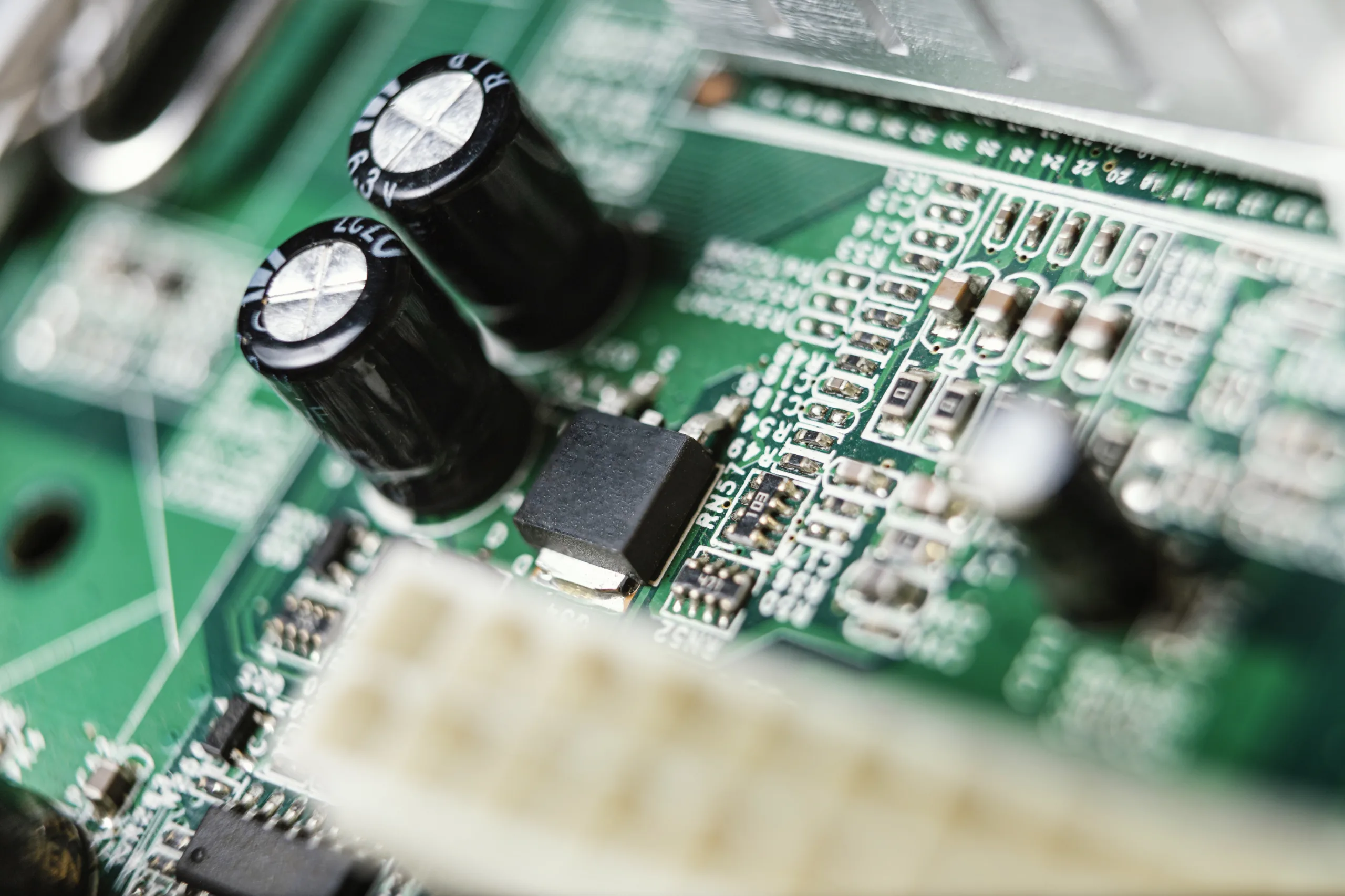
Front-end vs Back-end in Semiconductors: 7 Differences
The front-end and back-end are highly interdependent. A constant feedback loop between front and back-end engineers is necessary to improve manufacturing yields.
Designing analog ICs is widely considered more complicated5 than digital ICs by most electronics engineers. Unlike digital design, analog circuits deal with continuous signals such as voltage, current, or temperatures, which can have an infinite number of states with components´ signals interfering among them. Experience is key as each circuit is designed differently and will require several iterations.

Experience is the best teacher when it comes to analog design as every circuit is designed in a custom way. You must know circuit theory, and a few differential equations won´t hurt either. Once you have a clear understanding of theory, the best way to learn is to get a breadboard, operational amplifiers, power supply, a few sensors and start designing. Analog expertise is difficult to teach, and is attained through experience as every design requires many trial-and-error cycles, iterations and sometimes frustration.
Real-world signals like temperature, noise, or light intensity can affect analog circuits and interfere with each other. To offset these interferences you may need to design circuit compensations, which can be complicated. Components like resistors, capacitors or inductors don´t work “ideally” like in your textbook, and what works in the theory might not work in reality.
Imagine you design a wireless application. Each component supplier might provide you with a list of recommendations and best practices, but this is no guarantee that it will work smoothly. You might have to try different antenna positions because of noise. Different radiofrequency components might have different tolerances. It could also be that your components don’t work properly because they have been for too long in the shelf. Lastly, you might need expensive lab equipment like power supply, oscilloscopes and measuring equipment.
Analog chips can go into automotive, industrial or wireless applications. In some situations these chips need to work under extreme conditions. For instance, in the case of a car, chips need to function for 25 years, sometimes under extreme conditions. A car´s Crankshaft Position Sensor (CPS), which monitors and gives information about the engine´s crankshaft, is close to the combustion engine. This means the sensor has to work at temperatures above 200ºC while maintaining reliability, as a failure in the CPS could be critical and cause the car engine not to start.
In summary, invest time and be patient, as analog design is a complex task and experience is crucial to master it.

The front-end and back-end are highly interdependent. A constant feedback loop between front and back-end engineers is necessary to improve manufacturing yields.

Analog IC design involves working with continuous signals like voltage or temperature, where components can introduce interferences. To master analog design, hands-on experience is crucial.
Logic chips are the “brains” of the electronic device. They process information and perform calculations. Memory chips store information and data.
The information provided on this site is for informational purposes only. The content is based on the authors´ knowledge and research at the time of writing. It is not intended as professional advice or a substitute for professional consultation. Readers are encouraged to conduct their own research and consult with appropriate experts before making any decisions based on the information provided. The blog may also include opinions that do not necessarily reflect the views of the blog owners or affiliated individuals. The blog owners and authors are not responsible for any errors or omissions in the content or for any actions taken in reliance on the information provided. Additionally, as technology is rapidly evolving, the information presented may become outdated, and the blog owners and authors make no commitment to update the content accordingly.